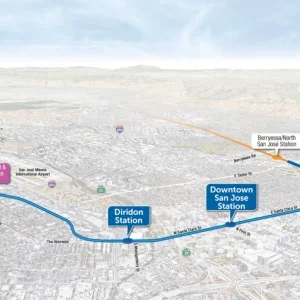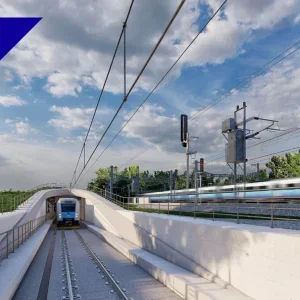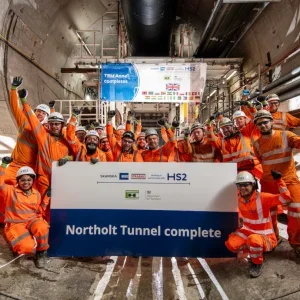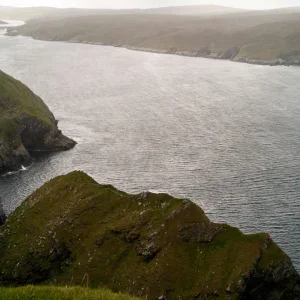The Thames Tunnel last month moved a step further towards construction as contractors began sinking boreholes into the bed of the River Thames. The 32km. 7.2m i.d. sewer will be excavated by TBMs at depths of 30m-70m. The US$4.5bn scheme is needed to collect overflow discharge from heavy rain.
The exploratory works began in the riverbed outside the Palace of Westminster, where a borehole had been sunk from a large rig to analyse the ground conditions. The full program of boreholes along the river will take nine months to complete.
The Thames Tunnel, which will broadly follow the route of the River Thames, and the Lee Tunnel, a 6.5km sewer to stop sewage overflows into the River Lee due for completion in 2014, are together known as the London Tideway Tunnels.
About 32 million cubic metres of untreated sewage currently overflow into the river each year during rainfall. Thames Water spokesman Simon Evans said, “The London Tideway Tunnels will dramatically reduce this unless, in November this year when Ofwat sets bill limits for water firms for the next five years, Thames Water receives a deal that leaves the company unable to fund this vital work.”
Ofwat’s draft bill setting decision last month left Thames Water with US$1.4bn less funds than it sought. Evans told T&TI that if the cut backs go ahead in November they will be spread across all the programs and would not be enough to stop the Thames Tideway project.
The Thames Tunnel is planned to run from West London to Thames Water’s Beckton Sewage Treatment Works in Newham, broadly following the course of the river. Although the precise route is not yet finalised, it will need to connect to the 34 most-polluting combined sewer overflows (CSOs) where sewage currently flows into the river from the original Bazalgette network.
Overflows into the Thames currently occur more than once a week on average, driving the need for the Thames Tunnel.
Thames Water’s director of Strategy and Regulation Peter Antolik said, “The boreholes in the river are key to helping us develop a detailed design for the Thames Tunnel. Ahead of submitting a planning application in 2011, we first need to build up a thorough technical understanding of the potential constraints along the proposed route.
“A maximum of three rigs will be in place at one time, for up to three weeks at each location. Ground data obtained, from previously unexplored depths under London, will be added to a national library of samples, which is held by the British Geological Survey.”







